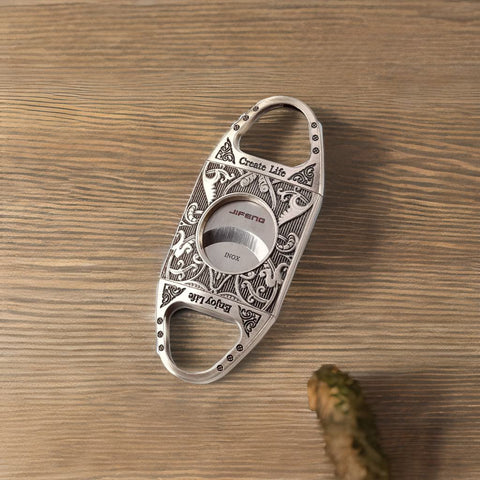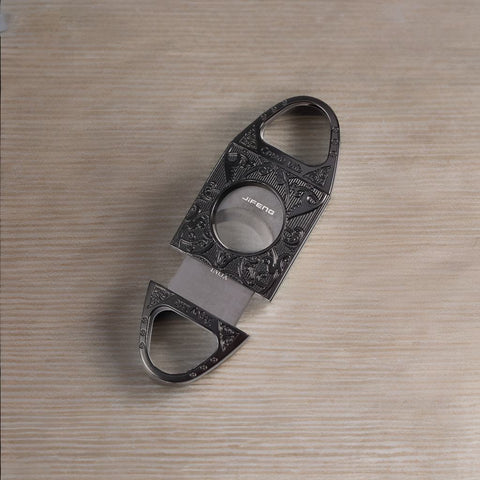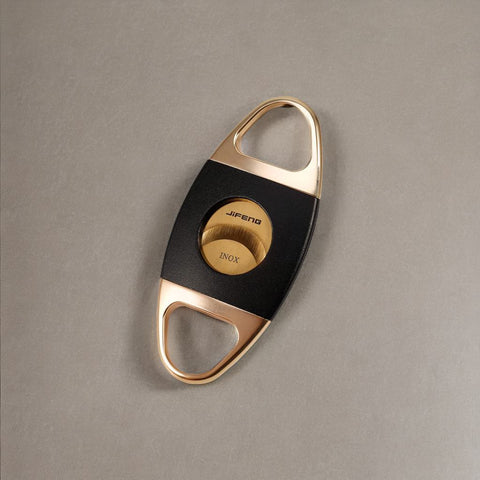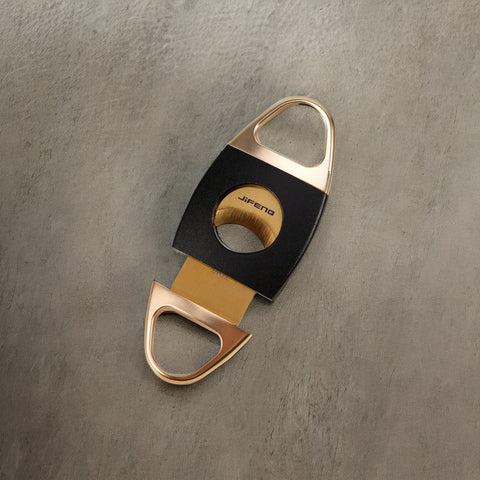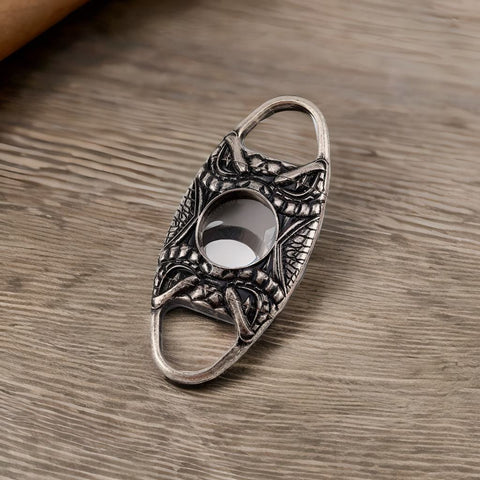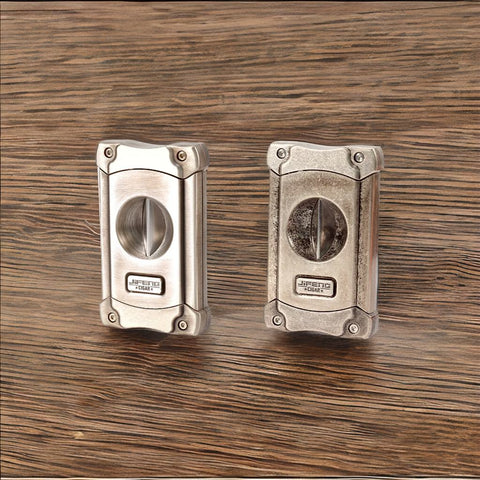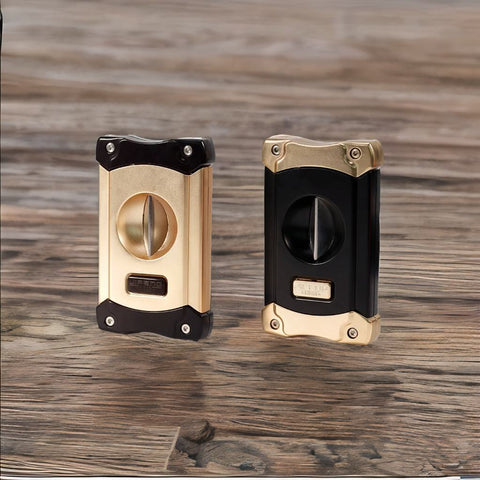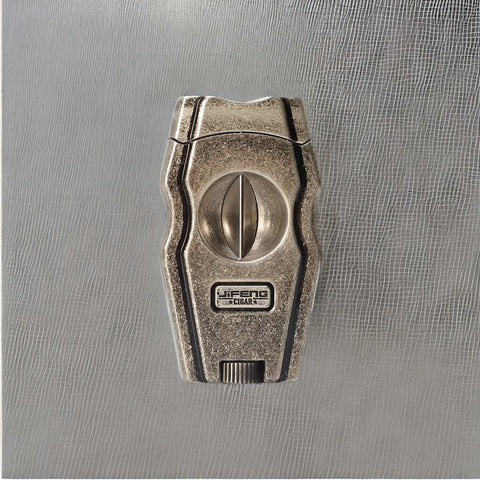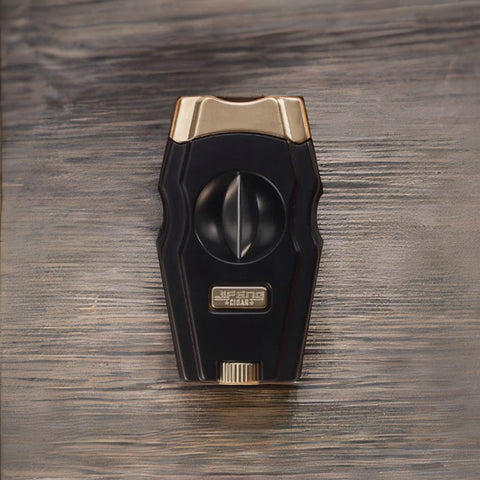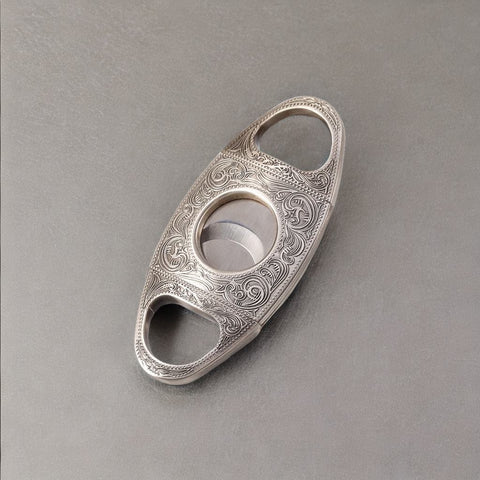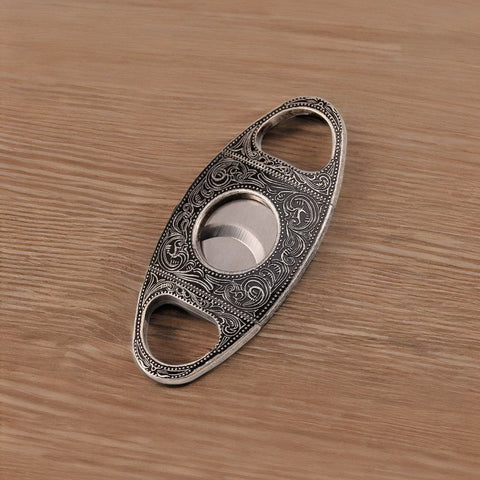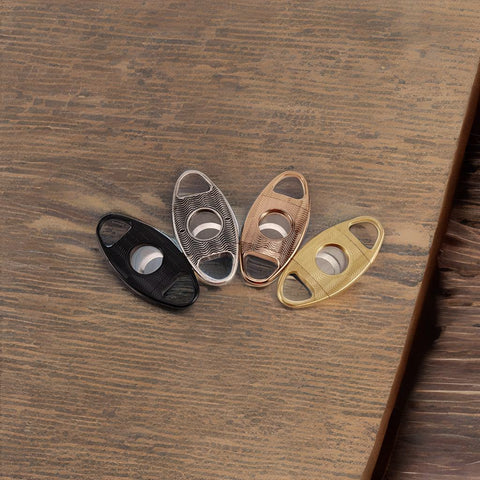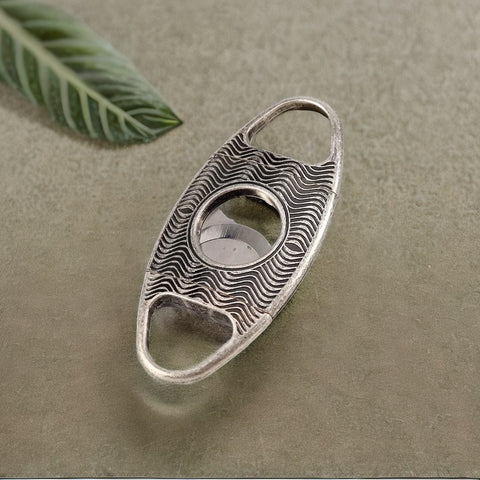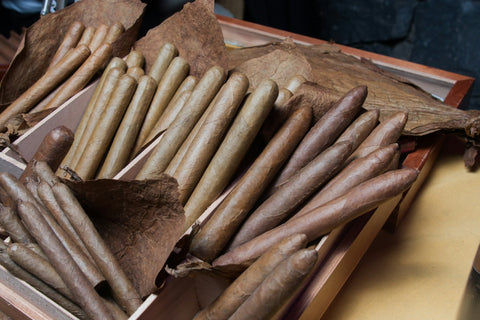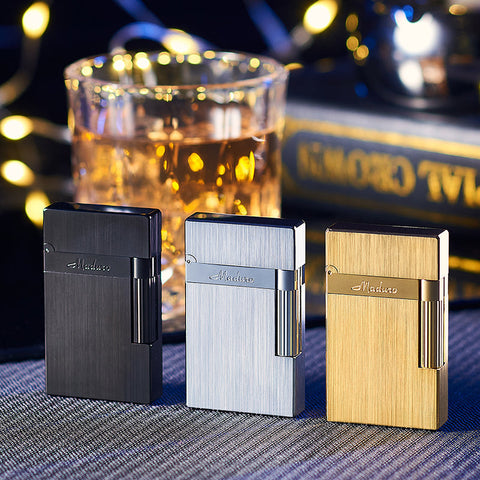Introduction: The Appeal of Cigars
Cigar smoking is more than just an activity; it’s an experience steeped in tradition, luxury, and personal enjoyment. For beginners, the world of cigars can seem overwhelming—with countless brands, sizes, and rituals. However, learning the basics isn’t as complicated as it seems.
This guide is designed to help you navigate the essentials so you can smoke your first cigar like a seasoned pro. Let’s dive in.
Step 1: Choosing the Right Beginner-Friendly Cigar
The first step to enjoying cigars is selecting one that suits your preferences as a beginner. Strong, full-bodied cigars might be overwhelming for newcomers, so start with something mild or medium-bodied.
Top Picks for Beginners:
- Montecristo White Series: Smooth and creamy with subtle flavors.
- Arturo Fuente 8-5-8: A mild-to-medium classic with a touch of sweetness.
- Romeo y Julieta Reserva Real: Balanced and approachable for new smokers.
Pro Tip: Ask your local tobacconist for recommendations or purchase a sampler pack to try a variety of cigars.
Step 2: Understanding the Anatomy of a Cigar
Before lighting up, it’s important to understand the basic parts of a cigar:
- Cap: The closed end that you cut before smoking.
- Body: The main portion where you’ll find the blend of tobacco.
- Foot: The open end that you light.
Cigars also come in different shapes and sizes, such as:
- Parejos: Straight-sided cigars, the most common shape.
- Figurados: Unusual shapes like torpedoes or perfectos, often for more experienced smokers.
Familiarizing yourself with these terms will help you feel more confident as you start exploring cigars.
Step 3: How to Properly Cut a Cigar
Cutting a cigar is a crucial step that requires precision. The goal is to create a clean opening that allows for a smooth draw without damaging the cigar’s structure.
How to Cut Your Cigar:
- Use a sharp guillotine cutter or V-cutter for the best results.
- Locate the cap (the rounded end of the cigar) and cut just above the shoulder to avoid unraveling the wrapper.
- Avoid cutting too much—a small opening is all you need for a proper draw.
If you’re unsure, ask a tobacconist to demonstrate or watch tutorial videos for a visual guide.
Step 4: The Art of Lighting a Cigar
Lighting a cigar is not like lighting a cigarette; it’s a ritual that requires patience and technique.
Steps to Light a Cigar:
- Toast the Foot: Hold the cigar at a slight angle above the flame (but not touching it) and rotate it evenly to warm up the tobacco.
- Light It Up: Once toasted, puff gently while holding the flame near the foot. Rotate the cigar as you puff to ensure an even burn.
- Check the Burn: Once lit, inspect the cigar to make sure the entire foot is burning evenly.
Pro Tip: Use butane lighters or wooden matches for a clean, chemical-free flame.
Step 5: Mastering the Draw and Smoke
The way you draw and smoke a cigar sets the tone for your experience. Unlike cigarettes, cigars are not meant to be inhaled.
Tips for a Smooth Draw:
- Take slow, steady puffs to enjoy the flavors without overheating the cigar.
- Let the smoke linger in your mouth to savor the aroma and taste before exhaling.
- Take breaks between puffs to prevent the cigar from burning too hot, which can affect the flavor.
Etiquette Tips for Smoking Cigars
Part of smoking cigars like a pro is observing proper etiquette. Here are some basics:
- Don’t Inhale: Cigars are about flavor, not nicotine intake.
- Respect the Environment: Smoke in designated areas, and be mindful of non-smokers.
- Handle the Ash Gracefully: Let the ash naturally fall into an ashtray—don’t tap it like a cigarette.
- Avoid Relighting Too Often: If your cigar goes out, relight it gently without scorching the tobacco.
Common Mistakes Beginners Should Avoid
To enjoy cigars like a pro, steer clear of these rookie mistakes:
- Cutting Too Much of the Cap: This can cause the wrapper to unravel.
- Rushing the Process: Cigar smoking is a slow ritual; take your time.
- Using the Wrong Lighter: Avoid lighters that use fluid, as they can alter the cigar’s flavor.
- Over-Puffing: This can cause the cigar to burn too hot, ruining the taste.
Enjoy the Journey to Mastery
Cigar smoking is a journey of discovery and relaxation, and starting on the right note will set you up for a lifetime of enjoyment. From selecting your first cigar to mastering the cut, light, and draw, every step enhances your appreciation for this luxurious hobby.
As you gain experience, you’ll develop your own preferences and rituals, joining the ranks of cigar aficionados who value quality, tradition, and leisure.
Ready to start your journey? Explore our collection of beginner-friendly cigars and accessories at Cigar Accessories Warehouse and take your first step toward smoking like a pro.



